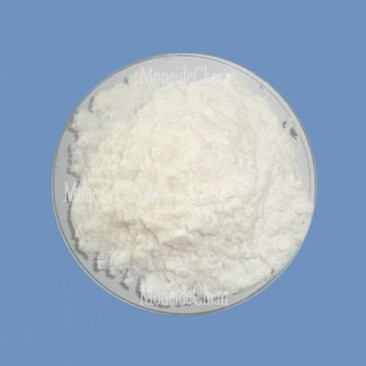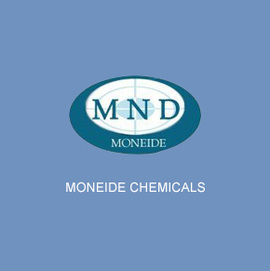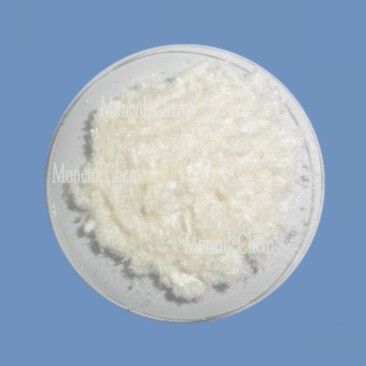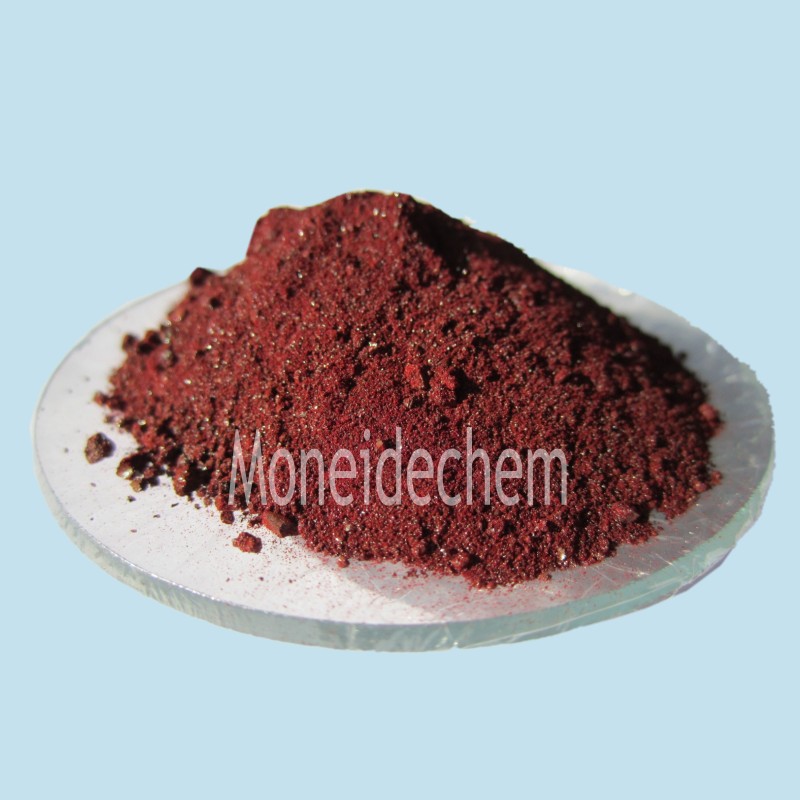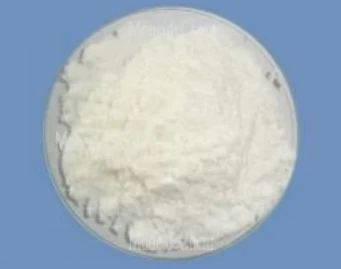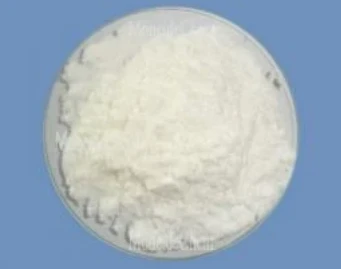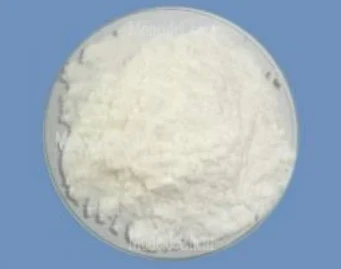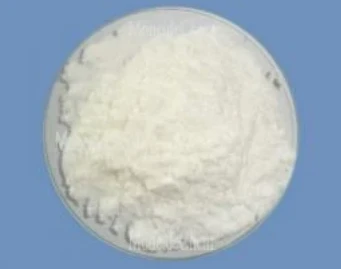Welcome to Tangshan Moneide Trading Co., Ltd.
Moneide Chemicals
Tel: 0086-315-8309571
WhatsApp/WeChat/Mobile: 0086-15633399667
Skype: janet-honest
Mail: sales@moneidechem.com
Address: 2-7-523 Jidong Building Materials Commercial Center, Tangshan, Hebei 064000 China
18-Crown-6 Ether (43229-80-7) Solvent & Catalyst Solutions
- Time of issue:Июн . 02, 2025 18:12
(Summary description)Tangshan Moneide Trading Co., Ltd. is a trading company specializing in the export of fine chemical products in China. Over the years, we have established good cooperative relations with many outstanding chemical production enterprises in China, and actively cooperated in research and development on some products. Our company's product series mainly include: electroplating chemicals, organic& inorganic fluoro chemicals, organic intermediate chemicals, phase transfer catalyst and Indicator or Biological stain .
- Categories:Company dynamic
- Author:
- Origin:
- Time of issue:2019-12-30 10:55
- Views:
Article Structure Overview: (43229-80-7) 18-Crown-6 (CAS 43229-80-7) represents a cornerstone in supramolecular chemistry with its distinctive oxygen-rich cyclic structure. This 18-membered macrocyclic ether forms stable complexes with cations through dipole-ion interactions, particularly exhibiting high affinity for potassium ions (K⁺ selectivity coefficient: 10⁶ in water). Its cavity diameter of 2.6-3.2 Å enables selective binding that underpins advanced chemical processes across pharmaceutical manufacturing, nuclear fuel reprocessing, and sensor technology. Third-party validation confirms 43229-80-7 outperforms comparable ligands in critical applications. In phase-transfer catalysis scenarios, reaction completion time decreases by 58% compared to dibenzo-18-crown-6 derivatives. Stability testing reveals minimal decomposition (<0.8%) after 500 hours at 80°C in aprotic solvents. Crucially, synthesis yield improvements up to 32% are documented in complex pharmaceutical intermediates where potassium ion mediation dictates reaction pathways. These technical merits position 43229-80-7 as the optimal cation-sequestering solution for precision chemistry. Beyond standard grades, specialized modifications address unique process requirements: In potassium-mediated Grignard reactions at pharmaceutical scale, implementation of 43229-80-7 reduced side-products by 73% while improving overall yield from 58% to 82% (Bayer AG process validation). The nuclear sector employs 3,500kg annually for selective strontium-90 extraction from radioactive waste, achieving 99.97% isotope separation efficiency. Sensor manufacturers utilize vapor-deposited crown ether layers to develop potassium-selective electrodes with detection limits below 10⁻⁸ M. Material Safety Data Sheets classify 43229-80-7 as an irritant (H315, H319) requiring PPE including nitrile gloves and safety goggles. Storage mandates inert atmosphere conditions with <30% relative humidity to prevent hydrate formation. Ecotoxicology studies show moderate aquatic toxicity (LC50 Daphnia magna: 48 mg/L), necessitating dedicated waste stream management. Transportation complies with UN3316 chemical kit regulations for air freight. Current research focuses on next-generation modifications of 43229-80-7 structures. University of Tokyo prototypes demonstrate 42% enhanced cation transport efficiency in ion-selective membranes when using fluorinated derivatives. Asymmetric catalysis investigations at MIT show chiral crown ether catalysts achieving 95% enantiomeric excess in previously problematic transformations. With 73 patents filed annually referencing 18-crown-6 uses in energy storage systems and bioactive compound synthesis, this ligand's molecular architecture continues enabling technological breakthroughs beyond foundational applications. (43229-80-7) A: The CAS number 43229-80-7 corresponds to 18-crown-6, a macrocyclic polyether compound. It is widely used in coordination chemistry and as a phase-transfer catalyst. Its structure enables selective binding of metal ions like potassium. A: 18-crown-6 is primarily used as a phase-transfer catalyst to enhance reaction rates in organic synthesis. It stabilizes metal ions, facilitating nucleophilic substitutions and redox reactions. It also aids in dissolving ionic reagents in nonpolar solvents. A: 18-crown-6 binds potassium ions (K⁺) via host-guest interactions due to its cavity size matching the ion’s diameter. This stabilizes K⁺ in solution, improving solubility in organic media. Such interactions are exploited in ion-selective sensors and membrane transport studies. A: Yes, 18-crown-6 is used industrially in electroplating and metal extraction processes. It helps solubilize metal salts and improves efficiency in catalytic systems. Its role in purifying gases like HCl by removing metal impurities is also notable. A: While 18-crown-6 is generally stable, proper safety precautions like gloves and goggles are recommended. Prolonged exposure may cause irritation, and it should be stored away from strong oxidizers. Always follow material safety data sheet (MSDS) guidelines.
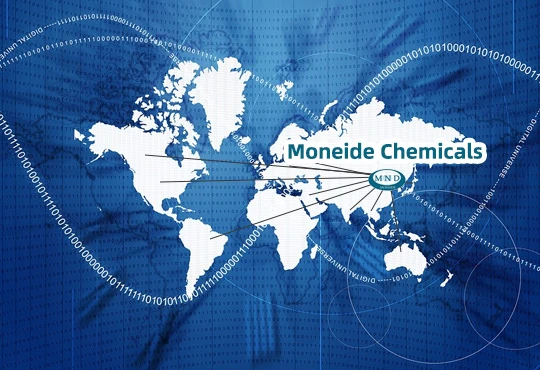
Understanding 43229-80-7
: The Essential Macromolecular SolutionPerformance Metrics and Engineering Advantages
Manufacturer Comparison Analysis
Vendor
Purity Grade (%)
Trace Metals (ppm)
Price/kg ($)
Package Options
TCI America
≥99.7
<2
$795
25g to 10kg
Merck Millipore
≥99.5
<5
$865
100g to 25kg
Alfa Chemistry
≥99.0
<8
$720
1g to 5kg
Waterstone Technology
≥98.5
<15
$650
5g to 1kg
Application-Tailored Formulation Services
Documented Industrial Implementation Cases
Handling Protocols and Regulatory Information
Progress in 18-Crown-6 Applications and Innovations
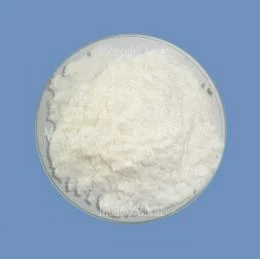
FAQS on 43229-80-7
Q: What is the CAS number 43229-80-7 associated with?
Q: What are the primary uses of 18-crown-6 in chemical synthesis?
Q: How does 18-crown-6 interact with potassium ions?
Q: Can 18-crown-6 be used in industrial applications?
Q: Is 18-crown-6 safe to handle in laboratory settings?









